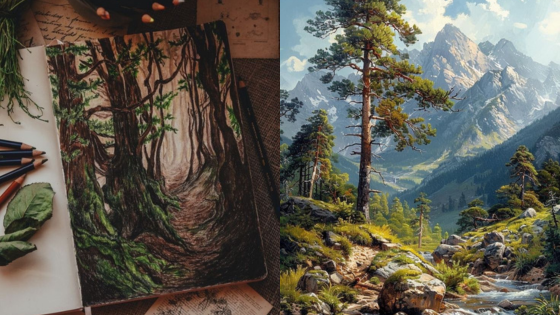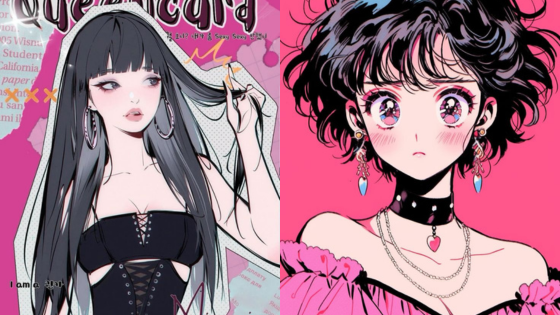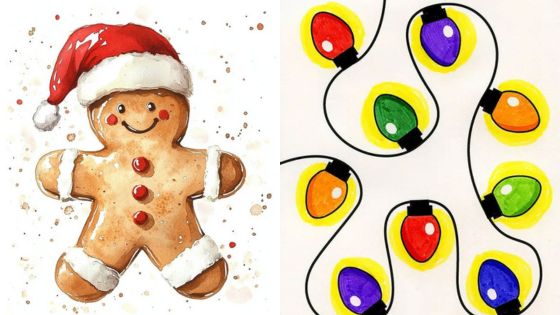Exploring your creative potential through painting can be both rewarding and enjoyable. Finding inspiration can be challenging, especially for beginners, but there are countless ideas to help you start your artistic journey. Engaging with various painting concepts can spark your imagination and encourage you to express yourself on canvas.
In 2024, countless artistic styles and themes await those willing to experiment. This article will present five beginner painting ideas designed to inspire you and guide you as you embark on your creative endeavors. Each idea offers a unique approach to help foster your skills and ignite your passion for painting.
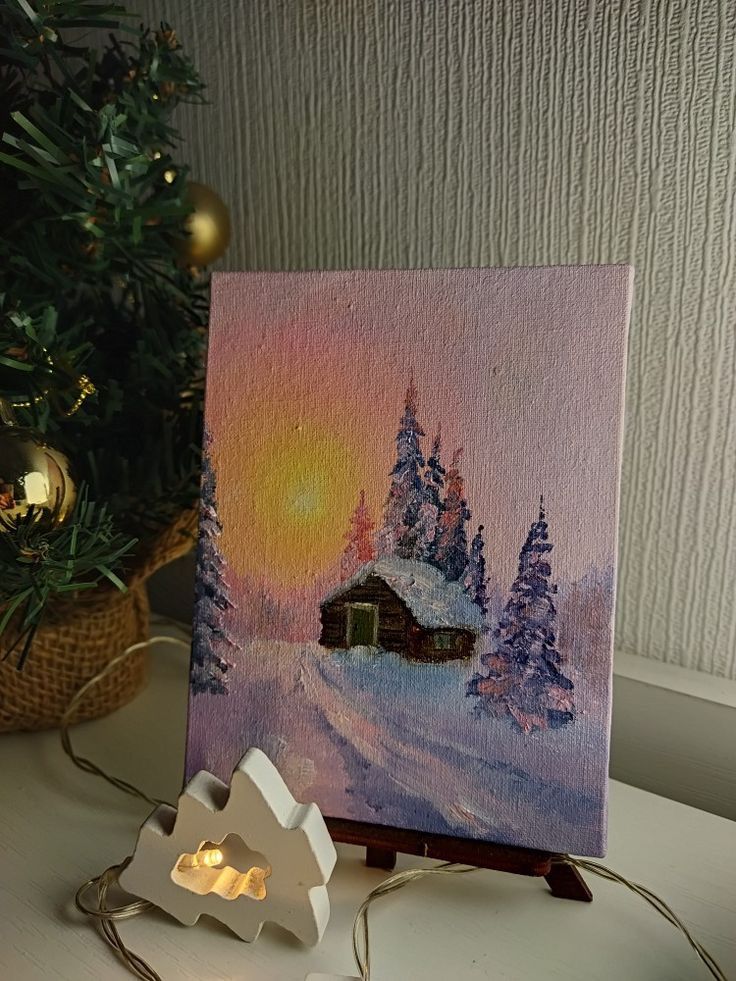
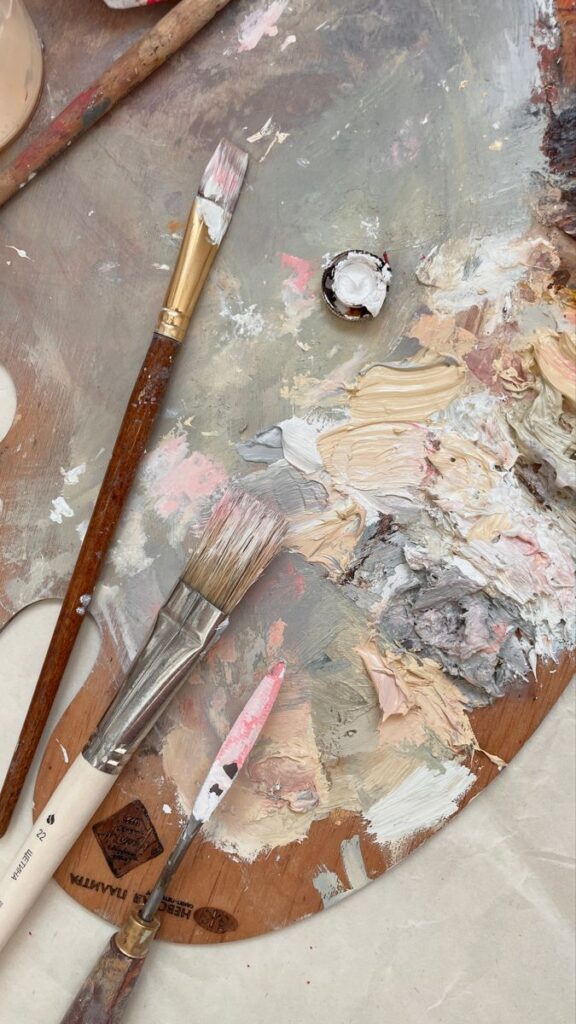
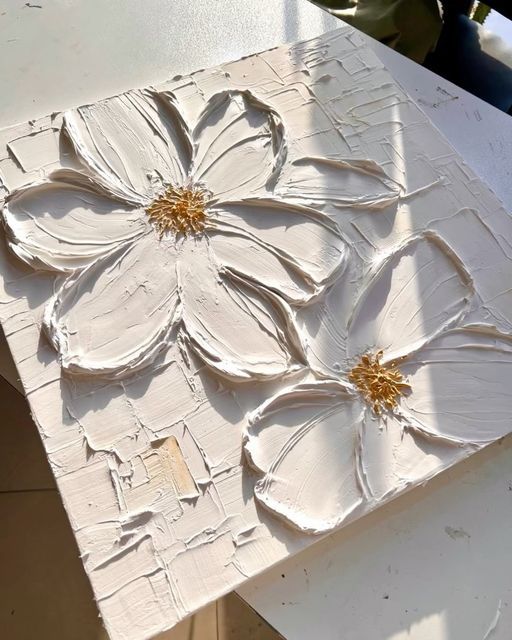
1) Still Life with Fruit
Creating a still life with fruit can be a rewarding experience. You can work with a variety of colors, shapes, and textures. Choose fruits that appeal to you, such as apples, oranges, or grapes.
Arrange the fruits on a table or a cloth. Pay attention to how the light interacts with the surfaces. This can create interesting shadows and highlights in your painting.
Use acrylics or oils for your project. These mediums allow for vibrant colors and blending. Start by lightly sketching the arrangement to guide your painting.
Focus on the details, like the shine on a banana or the texture of an orange peel. Each fruit provides unique opportunities to explore color and form.
As you paint, take your time. Enjoy the process and experiment with different techniques. You might try layering colors or using a palette knife for texture.
This exercise not only improves your skills but also helps to develop your artistic style. Embrace the simplicity and beauty of everyday objects.
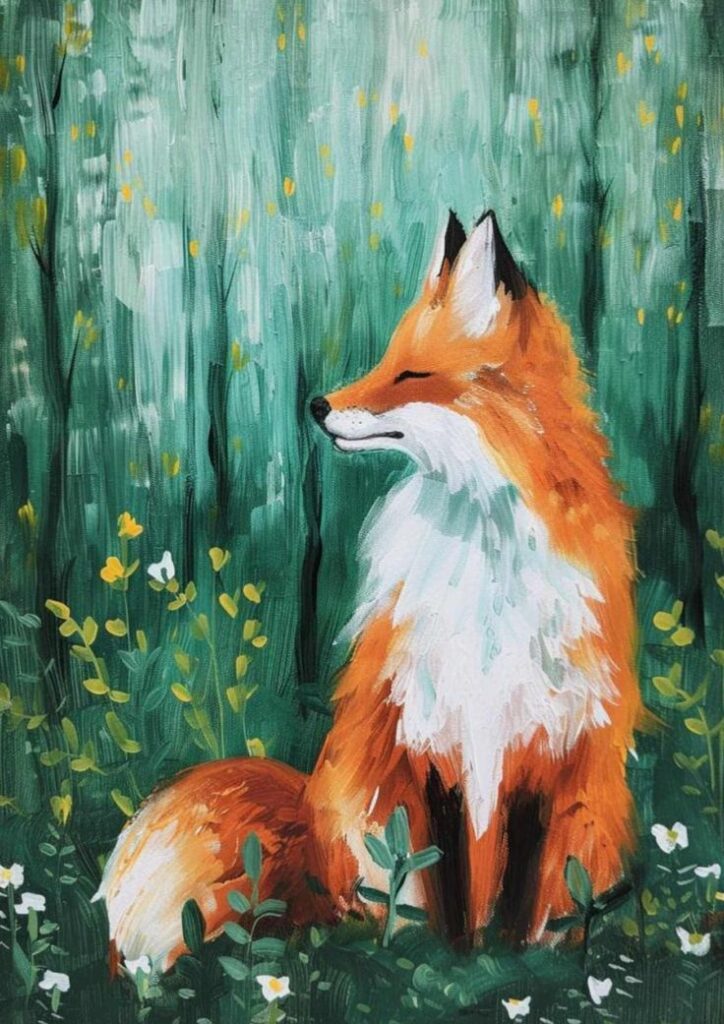
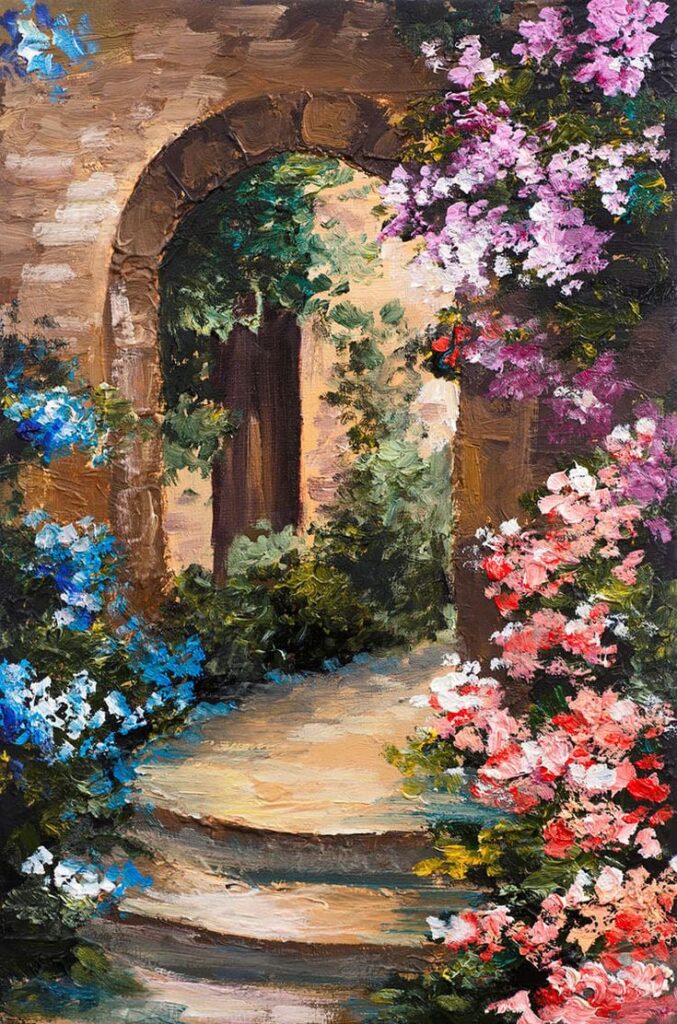
2) Geometric Mountainscape
Creating a geometric mountainscape can be a fun and visually striking project. Start by sketching the outline of mountains using sharp angles and clean lines. This simplistic approach allows you to focus on shapes rather than detail.
Choose a vibrant color palette that speaks to you. Opt for bold, contrasting colors or a more muted scheme, depending on your style. Layering colors can add depth and interest to your composition.
When painting, consider using tape to create sharp edges between different colors. This technique ensures that each mountain segment stands out clearly. You can also experiment with patterns within each shape to enhance the geometric aspect.
After you finish painting, think about how to display the artwork. A geometric mountainscape can be a focal point in any room. Its modern aesthetic brings a fresh perspective to traditional landscape painting.
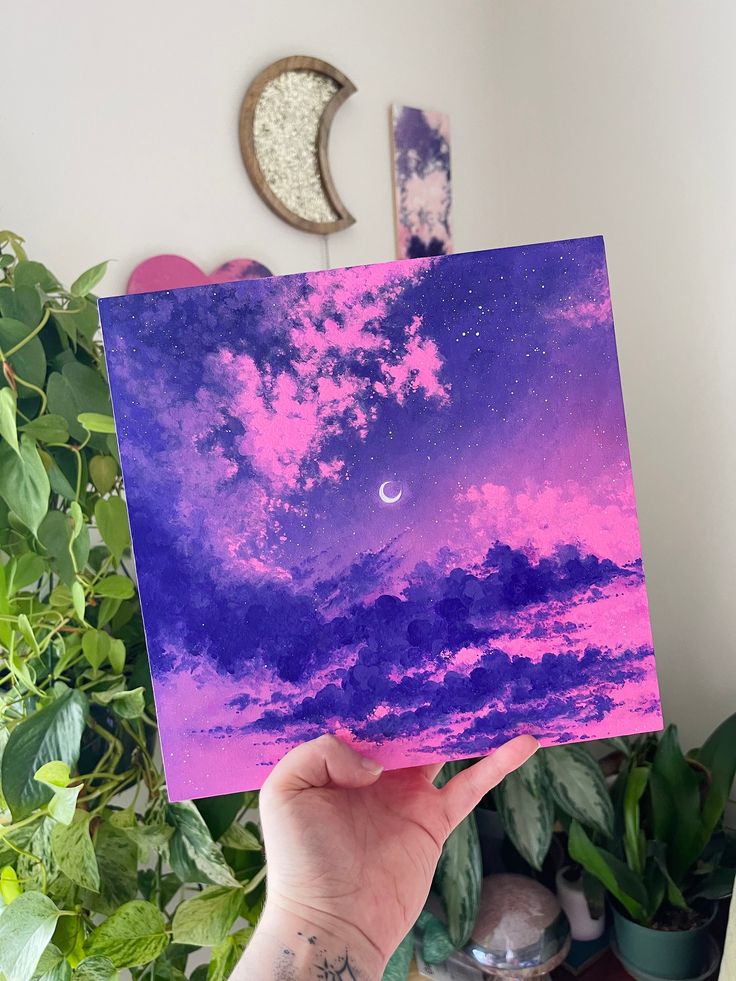
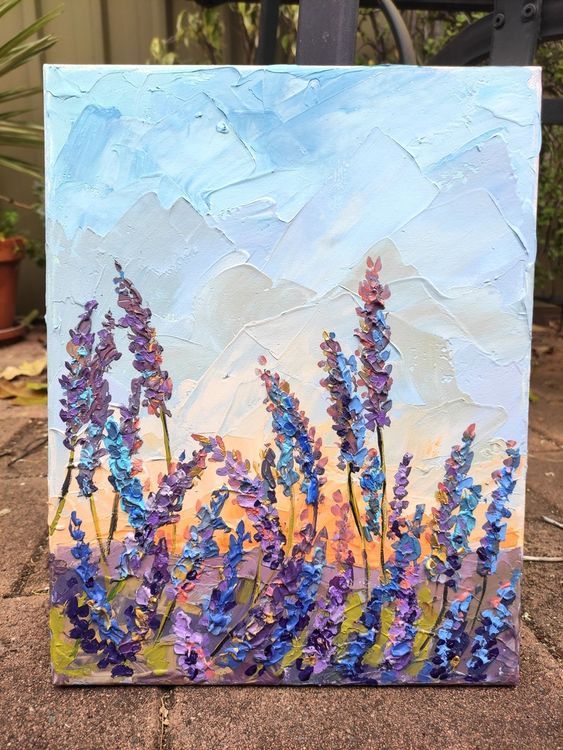
3) Abstract Ocean Waves
Creating abstract ocean waves offers a chance to express movement and emotion through color and form. You can start by choosing your palette, focusing on blues, greens, and whites to represent the sea.
Begin with a base layer to establish your colors. Use broad strokes to create an underlying wave structure. Experiment with different brushes to add texture and depth.
As you progress, incorporate lighter tones to depict sunlight reflecting on the water. Use a palette knife or your fingers to blend and create dynamic lines that mimic wave motion.
Consider adding contrasting colors, like deep navy or sandy beige, to enhance the visual interest. These shades can lend depth and complexity to your painting.
Finally, remember that imperfection is key in abstract art. Allow your intuition to guide you, and don’t hesitate to make bold choices. Embrace spontaneity and have fun with the process.
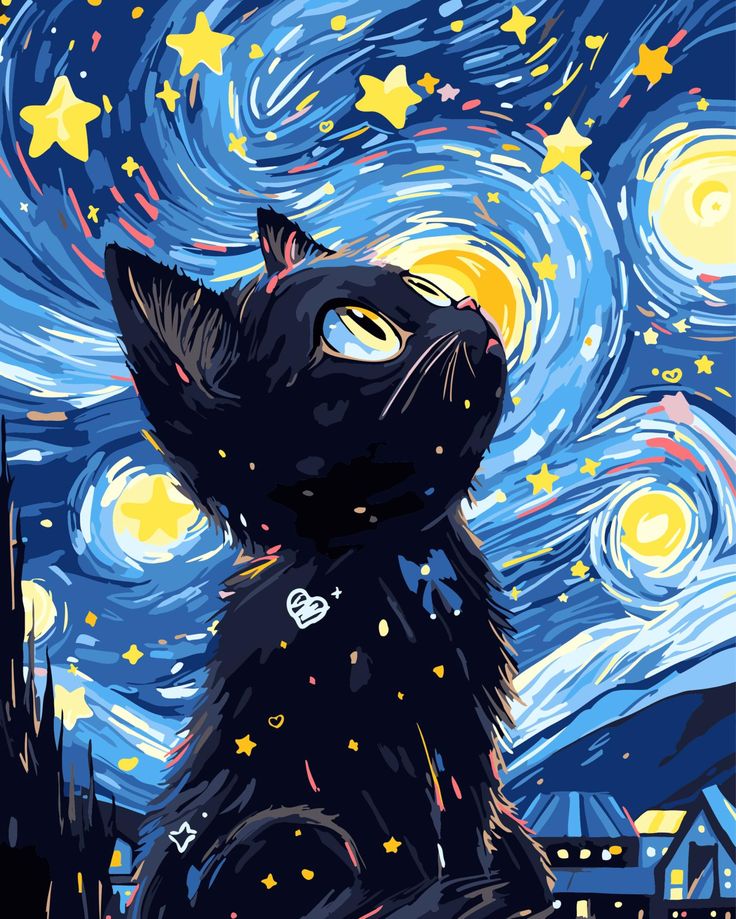
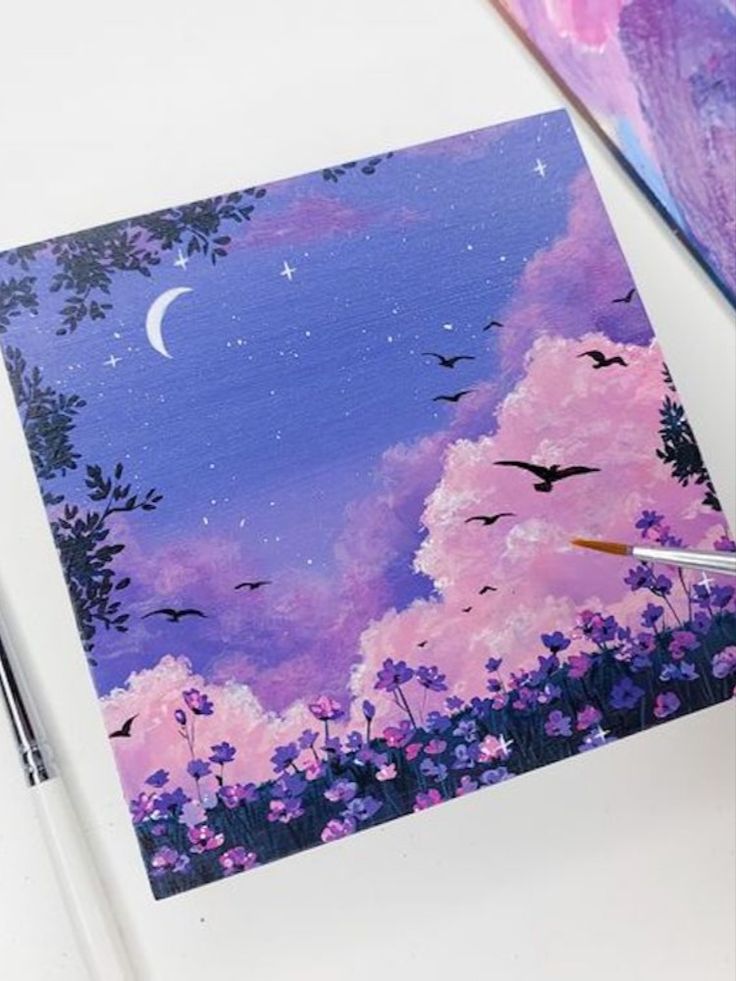
4) Silhouette Forest
Creating a silhouette forest painting is an engaging project for beginners. Start by selecting a color palette. Dark hues like deep blues or purples can mimic twilight.
Next, choose a canvas size that suits your space. Smaller canvases work well for practice, while larger ones make a bold statement.
Begin by painting the background with your chosen color. Blend your shades to create a gradient effect, simulating a sky or sunset.
After the background dries, it’s time to add the silhouettes. You can paint trees, bushes, or animals in solid black or dark gray. Use a brush or a sponge for different textures.
To enhance depth, vary the sizes of the silhouettes. Larger trees can create a sense of foreground, while smaller ones can suggest distance. This technique adds dimension to your painting.
Finally, you can add details like highlights in the background. Consider using white for stars or a moon. This adds interest without overpowering the silhouettes. Enjoy the process and experiment with your creativity.
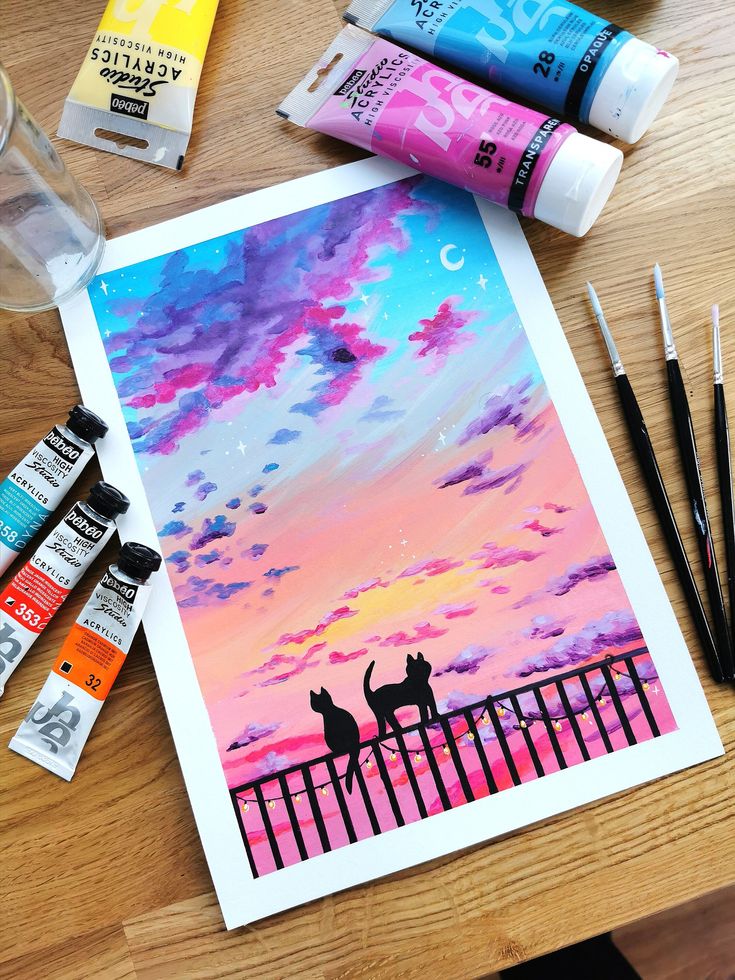
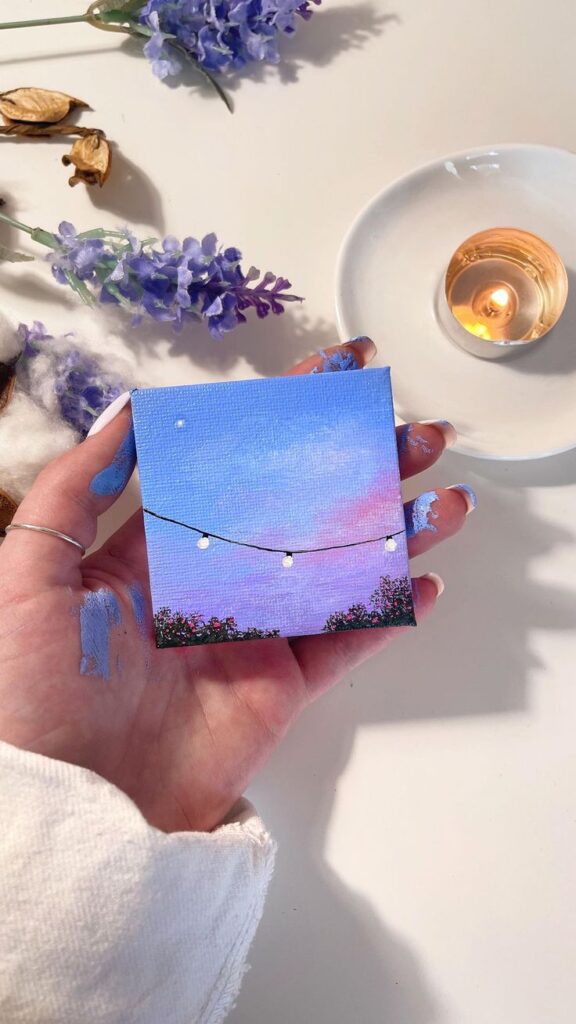
5) Floral Watercolor Study
A floral watercolor study is an excellent way to explore color blending and brush techniques. You can start with simple flowers, such as daisies or tulips, which allow for vibrant colors and soft lines.
Choose a limited palette to create harmony in your artwork. Mixing colors on your palette helps you see how they interact and can add depth to your study.
Begin by sketching light outlines of your chosen flowers on watercolor paper. Use a pencil and keep the lines faint, as they will be painted over.
Once your outlines are in place, wet your brush and start layering colors. Watercolor allows for a transparent effect, making it easy to apply multiple layers.
Experiment with different brush strokes to capture the essence of each flower. Use a round brush for petals and a flat brush for leaves to get varied textures.
Focus on the movement and flow of the petals. This study not only enhances your painting skills but also connects you with nature through the beauty of flowers.
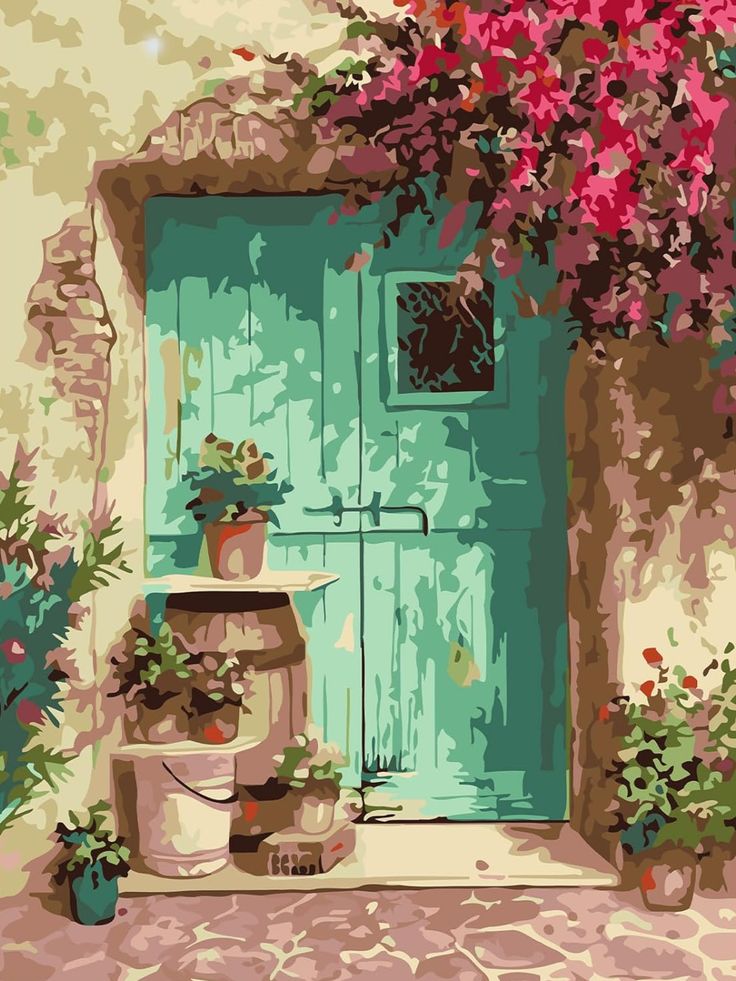
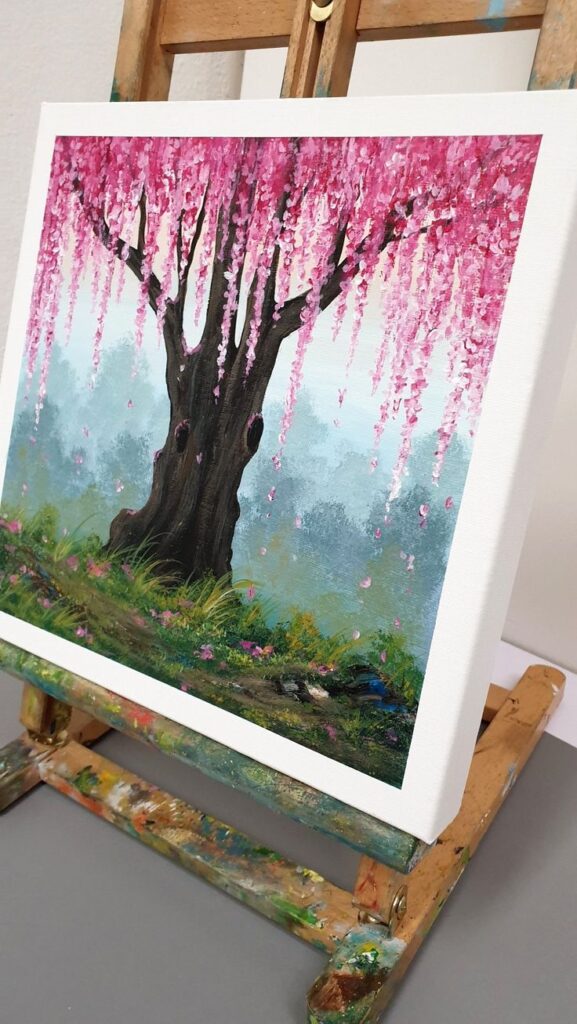
Choosing the Right Materials
Selecting appropriate materials is crucial for achieving the best results in your painting projects. Understanding the various paint types and tools will help you create with confidence and precision.
Understanding Paint Types
There are several paint types you can choose from, each suited for different styles and techniques.
Acrylic Paint: Fast-drying and water-soluble, ideal for beginners. It allows for easy mixing and can be used on various surfaces.
Watercolor Paint: Transparent and blendable, perfect for creating soft effects. It requires a specific paper and is often used for landscapes and portraits.
Oil Paint: Known for its rich colors and slow drying time. This paint allows for extensive blending, making it suitable for detailed work.
Tempera: A pigment mixed with a water-soluble binder. It’s widely used in classrooms and by young artists.
Choosing the right paint type relates to your artistic goals and personal preferences.
Selecting Brushes and Tools
Selecting the right brushes and tools enhances your painting experience. Consider the following brush types:
Round Brushes: Versatile for both detailed and broad strokes.
Flat Brushes: Suitable for creating sharp lines and filling in large areas.
Filbert Brushes: Great for blending due to their oval shape.
When it comes to tools, you may need additional items like palettes for mixing colors, sponges, or even palette knives for texture.
Invest in quality brushes that suit your painting style, as they affect how paint applies to your canvas. Maintaining your tools will also extend their lifespan and functionality.
Exploring Color Theory
Understanding the fundamentals of color can significantly enhance your painting skills. By mastering color mixing and recognizing how colors influence emotions, you can create more impactful artwork.
Basics of Color Mixing
Color mixing is essential to achieve your desired palette. Primary colors—red, blue, and yellow—serve as the foundation. By combining these, you can create secondary colors:
- Red + Blue = Purple
- Blue + Yellow = Green
- Red + Yellow = Orange
From these, tertiary colors arise through mixing primary and secondary colors. For example, red-orange blends red and orange.
You can also explore complementary colors, which are opposite on the color wheel, such as blue and orange. Combining them creates dynamic contrasts in your paintings. Knowing the basic color relationships allows you to manipulate hues effectively for your projects.
Using Color to Set Mood
Colors evoke emotions and set the tone for your artwork. For instance, warm colors like red, orange, and yellow often convey feelings of warmth, excitement, or happiness. Cool colors, such as blue and green, can create a calm or serene atmosphere.
Consider color psychology when selecting your palette. Bright colors may energize the viewer, while muted tones can invoke nostalgia or introspection.
Utilizing different shades and tints also influences mood. Lighter tints can lend a sense of openness, while darker shades may feel more intimate or intense. Experiment with these techniques to see how they alter the perception of your work.
- 1.9Kshares
- Facebook0
- Pinterest1.9K
- Twitter0
